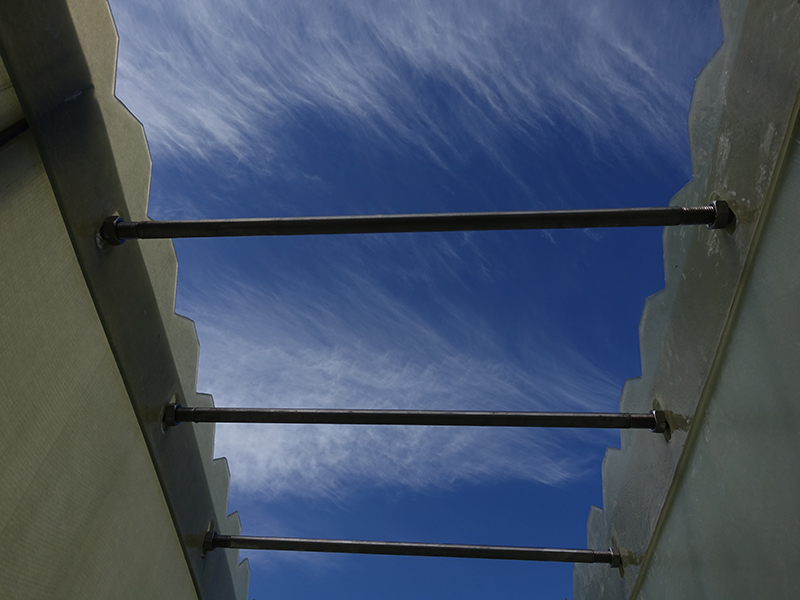
-
 Afrikaans
Afrikaans -
 Albanian
Albanian -
 Amharic
Amharic -
 Arabic
Arabic -
 Armenian
Armenian -
 Azerbaijani
Azerbaijani -
 Basque
Basque -
 Belarusian
Belarusian -
 Bengali
Bengali -
 Bosnian
Bosnian -
 Bulgarian
Bulgarian -
 Catalan
Catalan -
 Cebuano
Cebuano -
 China
China -
 China (Taiwan)
China (Taiwan) -
 Corsican
Corsican -
 Croatian
Croatian -
 Czech
Czech -
 Danish
Danish -
 Dutch
Dutch -
 English
English -
 Esperanto
Esperanto -
 Estonian
Estonian -
 Finnish
Finnish -
 French
French -
 Frisian
Frisian -
 Galician
Galician -
 Georgian
Georgian -
 German
German -
 Greek
Greek -
 Gujarati
Gujarati -
 Haitian Creole
Haitian Creole -
 hausa
hausa -
 hawaiian
hawaiian -
 Hebrew
Hebrew -
 Hindi
Hindi -
 Miao
Miao -
 Hungarian
Hungarian -
 Icelandic
Icelandic -
 igbo
igbo -
 Indonesian
Indonesian -
 irish
irish -
 Italian
Italian -
 Japanese
Japanese -
 Javanese
Javanese -
 Kannada
Kannada -
 kazakh
kazakh -
 Khmer
Khmer -
 Rwandese
Rwandese -
 Korean
Korean -
 Kurdish
Kurdish -
 Kyrgyz
Kyrgyz -
 Lao
Lao -
 Latin
Latin -
 Latvian
Latvian -
 Lithuanian
Lithuanian -
 Luxembourgish
Luxembourgish -
 Macedonian
Macedonian -
 Malgashi
Malgashi -
 Malay
Malay -
 Malayalam
Malayalam -
 Maltese
Maltese -
 Maori
Maori -
 Marathi
Marathi -
 Mongolian
Mongolian -
 Myanmar
Myanmar -
 Nepali
Nepali -
 Norwegian
Norwegian -
 Norwegian
Norwegian -
 Occitan
Occitan -
 Pashto
Pashto -
 Persian
Persian -
 Polish
Polish -
 Portuguese
Portuguese -
 Punjabi
Punjabi -
 Romanian
Romanian -
 Russian
Russian -
 Samoan
Samoan -
 Scottish Gaelic
Scottish Gaelic -
 Serbian
Serbian -
 Sesotho
Sesotho -
 Shona
Shona -
 Sindhi
Sindhi -
 Sinhala
Sinhala -
 Slovak
Slovak -
 Slovenian
Slovenian -
 Somali
Somali -
 Spanish
Spanish -
 Sundanese
Sundanese -
 Swahili
Swahili -
 Swedish
Swedish -
 Tagalog
Tagalog -
 Tajik
Tajik -
 Tamil
Tamil -
 Tatar
Tatar -
 Telugu
Telugu -
 Thai
Thai -
 Turkish
Turkish -
 Turkmen
Turkmen -
 Ukrainian
Ukrainian -
 Urdu
Urdu -
 Uighur
Uighur -
 Uzbek
Uzbek -
 Vietnamese
Vietnamese -
 Welsh
Welsh -
 Bantu
Bantu -
 Yiddish
Yiddish -
 Yoruba
Yoruba -
 Zulu
Zulu
Innovative Solutions for Fiberglass Settler Efficiency and Performance Enhancement
Understanding Fiberglass Settlers The Future of Wastewater Treatment
In the rapidly evolving field of wastewater treatment, innovative solutions are crucial for ensuring environmental safety and sustainability. One such innovation that has gained traction is the use of fiberglass settlers. Fiberglass settlers are specialized devices designed to enhance the efficiency of sedimentation processes in wastewater treatment facilities. This article explores the workings, advantages, applications, and future prospects of fiberglass settlers.
What is a Fiberglass Settler?
A fiberglass settler is a type of sedimentation tank made from fiberglass-reinforced plastic (FRP). These settlers are used to separate solid particles from liquids through gravitational settling. The design typically features a large, open tank where wastewater is allowed to flow slowly, enabling suspended solids to settle at the bottom. The settled solids can then be removed periodically, while the cleaner liquid can be discharged or subjected to further treatment.
Advantages of Fiberglass Settlers
1. Corrosion Resistance One of the most significant advantages of fiberglass is its resistance to corrosion. Traditional materials such as steel can corrode over time when exposed to harsh chemicals commonly found in wastewater. Fiberglass, on the other hand, can withstand these conditions, ensuring a longer lifespan for the settlers.
2. Lightweight and Durable Fiberglass settlers are much lighter than their concrete or steel counterparts. This lightweight design makes transportation and installation easier, reducing labor and associated costs. Despite their lightness, fiberglass materials can be incredibly durable, resisting impacts and other stresses.
3. Cost-Effectiveness The initial investment for fiberglass settlers may be comparable to or slightly higher than traditional materials, but the long-term savings in maintenance, repairs, and replacements can significantly offset these costs. The durability and corrosion resistance help avoid costly repairs over time.
4. Customizability Fiberglass settlers can be tailored to meet the specific needs of a wastewater treatment facility. They can be designed in various sizes, shapes, and configurations, allowing for maximum efficiency in different environments.
5. Excellent Flow Management The design of fiberglass settlers often incorporates features that enhance flow distribution, such as baffles and weirs. These elements help optimize the settling process by promoting uniform flow and reducing turbulence, which can lead to improved solid-liquid separation.
fiberglass settler

Applications of Fiberglass Settlers
Fiberglass settlers are used in a variety of applications across multiple industries, including
- Municipal Wastewater Treatment Many municipal facilities have adopted fiberglass settlers as part of their primary treatment process to reduce the load on secondary treatment systems.
- Industrial Wastewater Treatment Industries such as manufacturing, food processing, and pharmaceuticals utilize fiberglass settlers to manage the effluent produced in their operations, ensuring compliance with environmental regulations.
- Stormwater Management In urban areas, fiberglass settlers can be used in stormwater management systems to reduce sediment and pollutants entering natural water bodies.
Future Prospects
As environmental regulations become more stringent and the need for efficient wastewater treatment grows, fiberglass settlers are poised to play a critical role in the future of the industry. Technological advances in materials and design will likely enhance the performance and capabilities of fiberglass settlers, making them even more effective in various applications.
Moreover, the increasing emphasis on sustainability and resource recovery will drive innovations in sedimentation technologies, including the integration of fiberglass settlers into multi-stage treatment processes. As we move toward a circular economy, where wastewater is treated and repurposed, fiberglass settlers will be essential in ensuring clean water is returned to the environment or reused.
Conclusion
In summary, fiberglass settlers represent a significant advancement in the field of wastewater treatment. Their advantages in terms of durability, efficiency, and cost-effectiveness make them an attractive option for many facilities. As the industry continues to evolve, the importance of such innovative solutions will only grow, helping to meet the challenges of wastewater management in a sustainable and effective manner. With their lightweight design and corrosion resistance, fiberglass settlers are not just a temporary solution; they are a cornerstone for the future of effective wastewater treatment systems worldwide.









